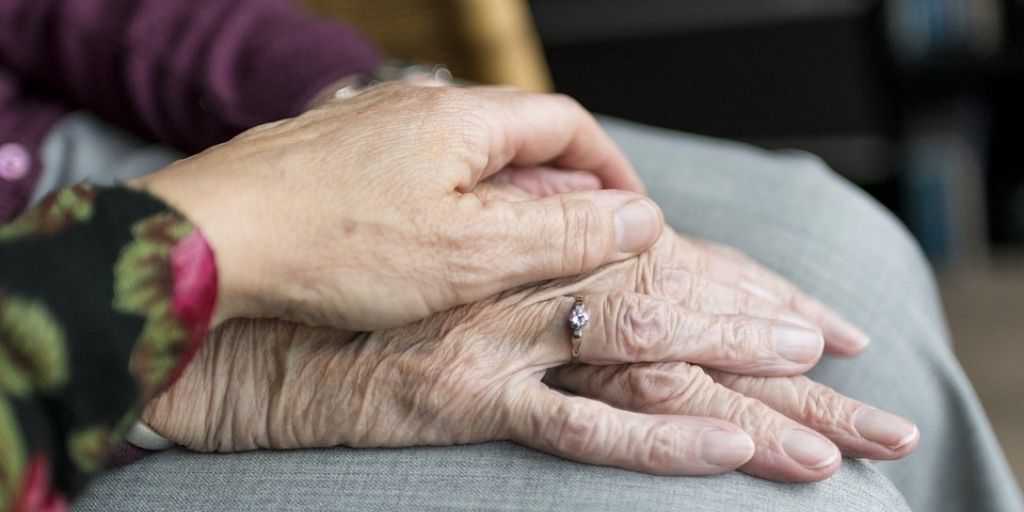
The United Nations’ World Population Prospects 2019 predicted that by the year 2050, 1 in 6 people will be over the age of 65 and for the first time, there will be more over 65s in the world than 15-24 year olds. In essence, we are an ageing population that are living longer year-on-year due to medical and technological advances.
These statistics are particularly true of the UK, where 22.9% of the population – equivalent to 12.4 million people – are over 65 years old and are beginning to consider their future care needs. However, an ageing demographic has wide ranging implications not only for the individuals themselves but also for society and the economy, not to mention the considerable pressure it places on public services.
So how will we address this growing situation and what plans will we put in place to ensure we provide adequate social care for our ageing nation? Our social care system is already reaching breaking point; it has been the victim of unprecedented cuts to public services since 2010, which has seen local authorities reduce their spending despite rising demand. Also, the caring profession has attracted a negative reputation of late with these types of roles being considered unskilled and underpaid and this could perhaps be seen as a true reflection of the Government’s lack of interest in social care to date contributing to one in ten social care roles remaining unfilled.
Further, Skills for Care has estimated a need for between 650,000 and almost one million more social care roles by 2035. With the Prime Minister, still unable to reveal his plan to ‘fix social care’ more than two years on, the outlook is decidedly bleak.
However, there are many alternative care strategies available to us as a nation, which may help address the social care workforce deficit, alleviate the demand for care home places and hospital beds and provide more choice for older people in the UK. Here, Helen Dempster, Chief Visionary at Karantis360 outlines her belief that the answer lies in enabling the older population to live comfortably and independently in their own environment through the use of innovative technology that supports positive ageing, independence and the opportunity to live the best life possible.
Addressing the negative perception technology has among older people
In general, perception of technology among older people tends to be quite negative with suspicion for something that is seen as a tool for the younger generation, often costly, captures personal information and worst of all, is a replacement for real people. Restrictions on social interaction during the pandemic in particular has increased loneliness and isolation, particularly among those who do not use, or find it difficult to use digital technology so it’s understandable that there is mistrust.
This perception of technology must be addressed, by demonstrating the enabling role that it can play for the entire ecosystem of an older person. Technology – that can start with small, scalable solutions – has the ability to play a pivotal role in enabling better quality of life – from combating loneliness and improving independence to safeguarding individuals and improving clinical decisions.
In fact, assistive technology is the secret to enabling older people to live in the comfort of their own homes, surrounded by all the things that are important to them including their belongings, beloved pets, family and local community and can be used in a variety of ways and for a variety of purposes. It can support people in carrying out everyday tasks and activities, enhance a person’s safety, support their social participation and monitor their health. From a family member’s perspective, it gives comfort that loved ones are safe and cared for while still giving them the ability to live a full and independent life within their own home.
Smart technologies that enable safer independent living
Smart home technology and artificial intelligence (AI) are hot topics currently with new technological advancements being launched to market all the time that help us to live more effectively in our homes. Amazon Alexa and Google Assistant for example, has been found to improve the quality of life for older adults in general but is especially helpful for those with Alzheimer’s or Dementia. Although it can’t replace human interaction, the human voice helps it portray that of a helpful friend who will patiently answer questions about the date, time and weather, give news highlights, provide television listings, read audiobooks and play music. For those that have limited movement or have suffered a stroke, have Parkinson’s disease or Multiple Sclerosis these technologies can also adjust room temperature and turn off lights via voice command. Further, these technologies can also assist in an emergency and call pre-agreed emergency phone numbers if you ask for help.
During the pandemic, many older people also adopted Zoom and Facetime on smart devices, giving them much needed access to their family and friends while staving off loneliness. Portal from Facebook has taken this concept a step further and is particularly suitable for the older population as it’s hands free, has voice command capability and its Smart Sound function minimises background noise for the hard of hearing.
Of course, technology can also improve social care for older adults, safeguarding them while supporting them to live independently. These technologies are unobtrusive, don’t require any interaction and are designed to provide vital biometric and behavioural data that enables more informed care decisions as well as peace of mind for family members that their loved one is safe living in their own home.
IoT sensors, for example, deployed throughout the home can capture real-time data including movement, humidity and temperature of an individual enabling carers and family members to gain a clear picture of daily routine. This information is then key when flagging changes that could suggest a problem, for example an excessive number of trips to the toilet could suggest a UTI or unusual movement at the bottom of the stairs might mean a fall has occurred. Pendant alarms are also incredibly popular with older people and give immediate access to help if they are unable to reach a phone, but these types of devices do have limitations and risk of failure, while smart wearable devices embedded with sophisticated sensors are able to capture valuable insights such as location, steps and health metrics and many also have automatic fall detection too, again it needs to be said that these also have risks. More recent developments such as a biometric face scanner that can help carers assess their client’s vital statistics in 30 seconds are invaluable in emergencies and give the ability to assess a situation swiftly and accurately.
Another area where these assistive technologies can help is for those leaving hospital and returning home. Social Services automatically provides an at-home, 12-week care package regardless of requirement, which is both costly and draws on the limited carer pool we currently have as a nation. Although vital for some, many more capable older people receiving this care package never learn to care for themselves again losing their independence and becoming reliant on carers. Assistive technology can provide a more accurate picture of an individual’s care requirements after a hospital stay within a matter of weeks, helping them transform safely back to their former self and regain their independence. This is not only better for the individual but this alternative approach to care would save the Government millions of pounds of much-needed funds that could be re-invested back into our social care system where it is vitally needed.
Conclusion
Our adult social care system is stretched to the limit so we must urgently address this situation and urge the Government to consider alternative strategies that will not only provide the care our ageing population deserve but will give them the capability to live a full and independent life wherever and however they choose.
Assistive technology is the key to helping our older generation live successfully in their own homes, freeing up care places for those that really need them, relieving bed-blocking in our hospitals and ensuring our limited social care workforce are able to deliver effective care where it is really needed.













